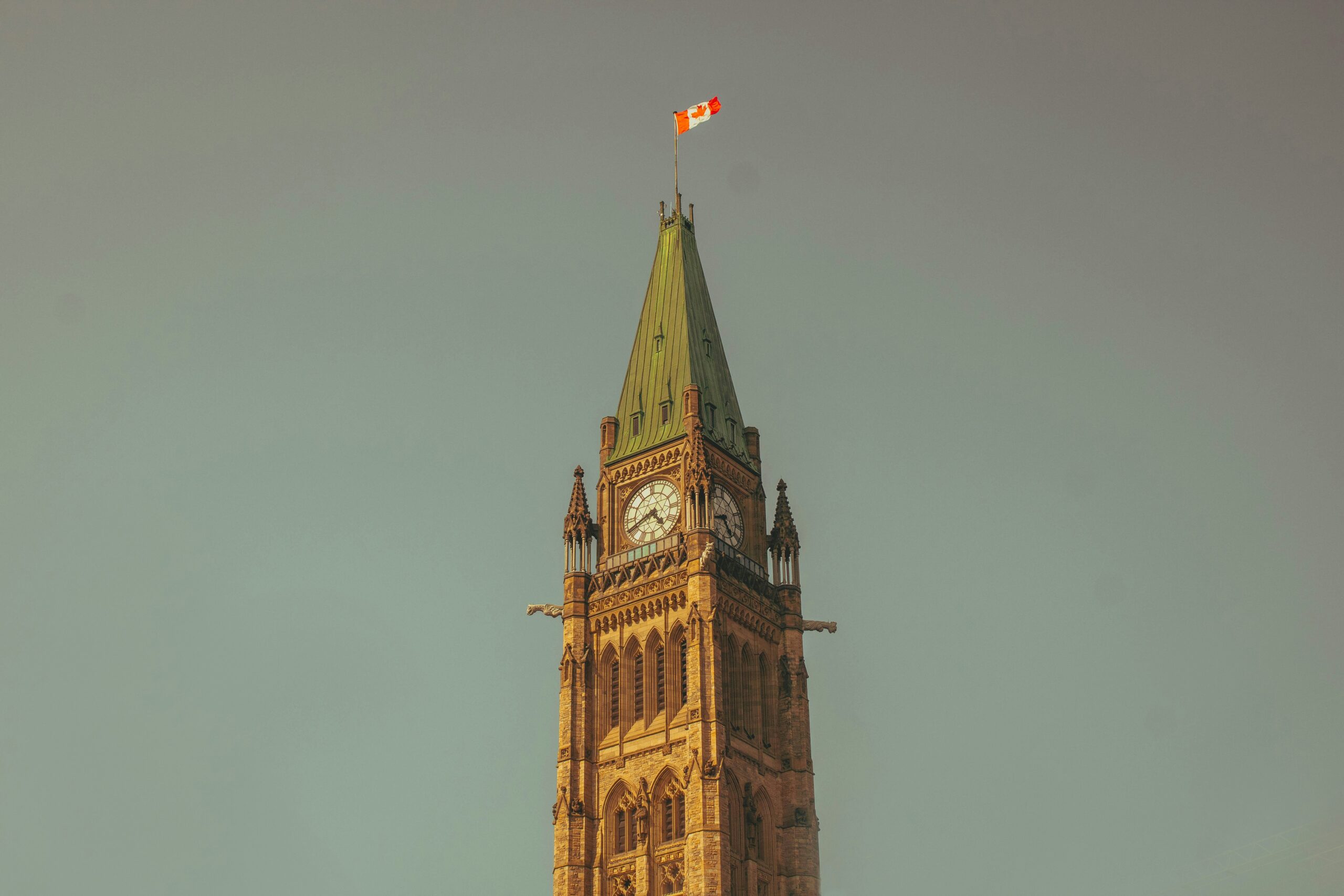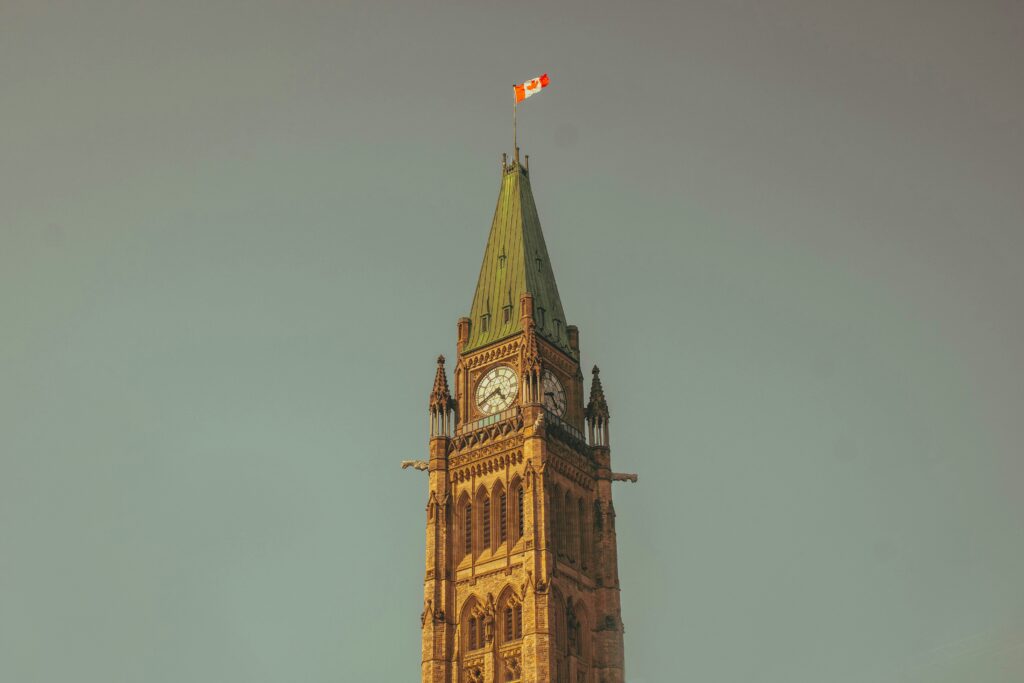Two-Tiered Cabinet – A Novelty or a Shell Game?

By Karl Salgo, Associate and Executive Advisor
June 4, 2025

Plenty of ink has already been spilled on the subject of Prime Minister Carney’s new cabinet, included its two-tiered structure. This structure is sometimes touted as a novelty and even as something of slight of hand to disguise an unreduced cabinet. Neither view is correct.
In fact, the ministry and the cabinet are not strictly synonyms. Cabinet is a political decision-making forum from which the PM could exclude members of his ministry, including Secretaries of State, as Mr. Carney has done.
In very rough terms, a Canadian prime minister is required to fill about two dozen ministerial positions to head government departments. The same person could be named to more than one of these positions, as in fact happened with Finance and National Revenue. The PM also has discretionary authority to name “ministers of state to assist”, who do not head departments but in formal terms assist departmental ministers with particular functions. They are not supported by public servants of their own except as assigned to them by the ministers with whose departments they are affiliated.
These officials may be styled in various ways – Ministers of State (Harper), Secretaries of State (Carney), or Ministers (Trudeau).
They may be included in Cabinet (Trudeau), excluded (Carney) or partially included – as per Harper who included them in cabinet committees, where most of the real deliberation typically takes place.
Both Harper and Trudeau gave them mandate letters. Harper effectively put some of them in charge of regional development agencies, requiring the ministers who were legally responsible to formally delegate the exercise of their authorities to them.
Carney’s Secretaries of State have not been included in the cabinet deliberations process, neither in “full” cabinet except as called, nor in its committees. Without the benefit of mandate letters, it’s not entirely apparent how they will be empowered to take initiative, though where there’s prime ministerial will there’s a public service way.
The Carney cabinet is two-tiered in another way, also not novel. Carney has an “inner” cabinet in the form of the Priorities and Planning Committee, which will steer government direction. Trudeau did not have such a committee, but such a body was used by prime ministers before him. Indeed, Harper formally assigned “delegated authority” to make decisions on behalf of cabinet to his priorities and planning committee, which was largely comprised of the chairs of the other committees.
Trudeau’s approach was arguably more empowering to the ministry as a whole, at least in theory. But as we’ve learned, the authority of ministers is determined by multiple factors, not least how matters are conducted by the PMO.